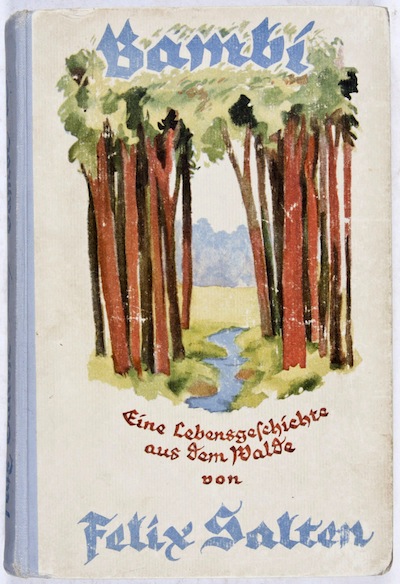
Eine Lebensgeschichte aus dem Walde
by Salten, Felix
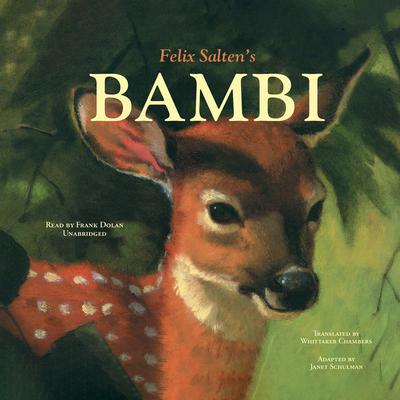
Children’s Classic Read January 2023
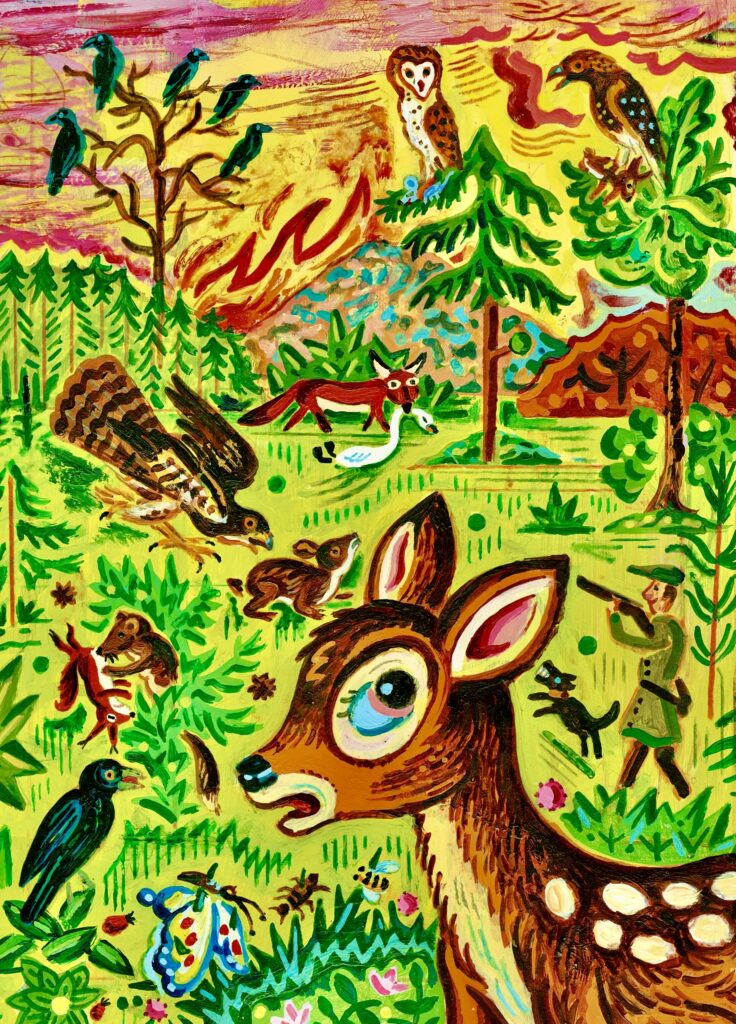
The Darker Side of Bambi, What Felix Salten’s tale teaches us about the lives of men…From The Yale Review: “While the film has moments of charm and beauty, it dilutes the violence and tension of Salten’s novella. Other readers, trained by the long tradition of didactic animal fables, interpret this story of hunted deer in stark allegorical terms, as a parable about Jews in post–World War I Europe. This reading has force. At the turn of the twentieth century, Salten, a Jewish writer based in Vienna, wrote a weekly column for Theodor Herzl’s Zionist newspaper Die Welt. Some three decades later, the Nazi government banned Bambi, along with the rest of Salten’s work, as Jewish propaganda. But both film and allegory threaten to obscure Salten’s achievement. The real contribution of the original Bambi is the empathy and precision with which Salten imagines his way inside animal life. This narrative, written by an avid hunter who revered the animals he killed and who once speculated that if we learned to treat animals justly, then peace among human beings would “move considerably closer within our reach,” marks a good-faith effort to discover, in prose, an alien form of embodiment.”
It is always fascinating to me what Disney does to classic children’s literature. I, nine times out of ten, prefer the original story, its authors intent and the lesson or allegories the intentions were when it was written.
The article of the Yale Review goes on further to say: “Salten’s forest is a masculine world. The Old Stag preaches solitude and self-reliance. The writer Kathryn Schulz detects, in the story, “an element of misogyny”; Bambi discards Faline soon after their courtship to join his father in a more remote part of the forest. But Salten indicates, albeit briefly, the more surprising direction that his narrative might have taken. One of the novella’s most vividly imagined (but under-utilized) characters is a deer named Marena. She is quiet, meditative, given to utterances that seem at once naive and prophetic. During the massacre, she intones, Cassandra-like, “Some of us will die in this hour. Maybe I will be one of them.”
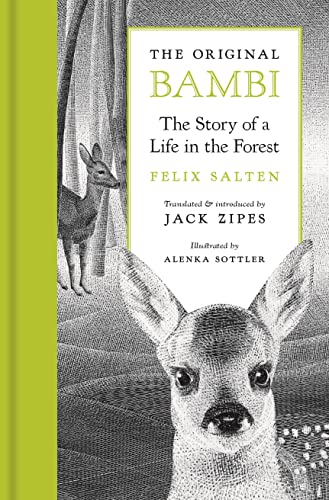
She also gives voice to a dream of peace. “It’s said that one day He will come among us and be gentle like we are,” Marena declares, her eyes shining. “He will play with us, the whole forest will be happy, and we will be reconciled.” An older female deer howls with laughter and dismisses the prediction as “nonsense.” Readers of the novella might be tempted to agree. The narrative’s grim view of humanity seems to leave little hope for reconciliation. Under such conditions, solitude and retreat appear as the deer’s best options. But Marena’s prophecy casts the Old Stag’s final lesson—the poacher’s corpse in the snow—in a new light. This image of human sacrifice marks a return, of sorts, to the forest. The dream of harmony between human beings and animals remains remote. But the blood seeping into the ground expresses a reintegration of the human into the natural world.
I agree with the last sentence of the article
“More than parable or fodder for children’s nightmares, the original Bambi recharges our perception of the violence and vitality of the natural world.”
There are so many more lessons to learn from the original Bambi that it would be a shame if it got lost in the lore of Disney…….
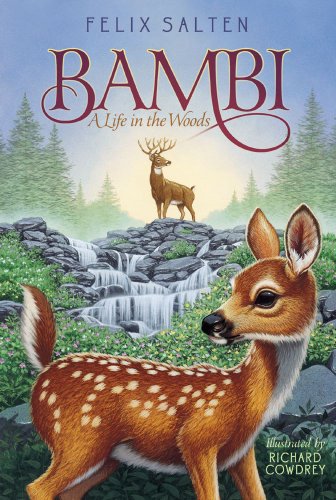

This read has proven to be fascinating.


